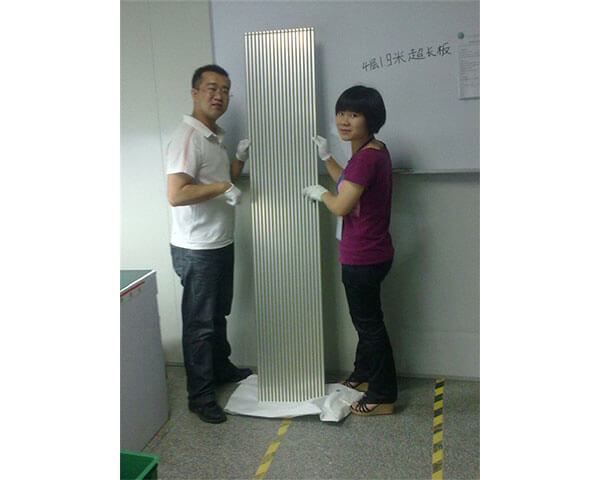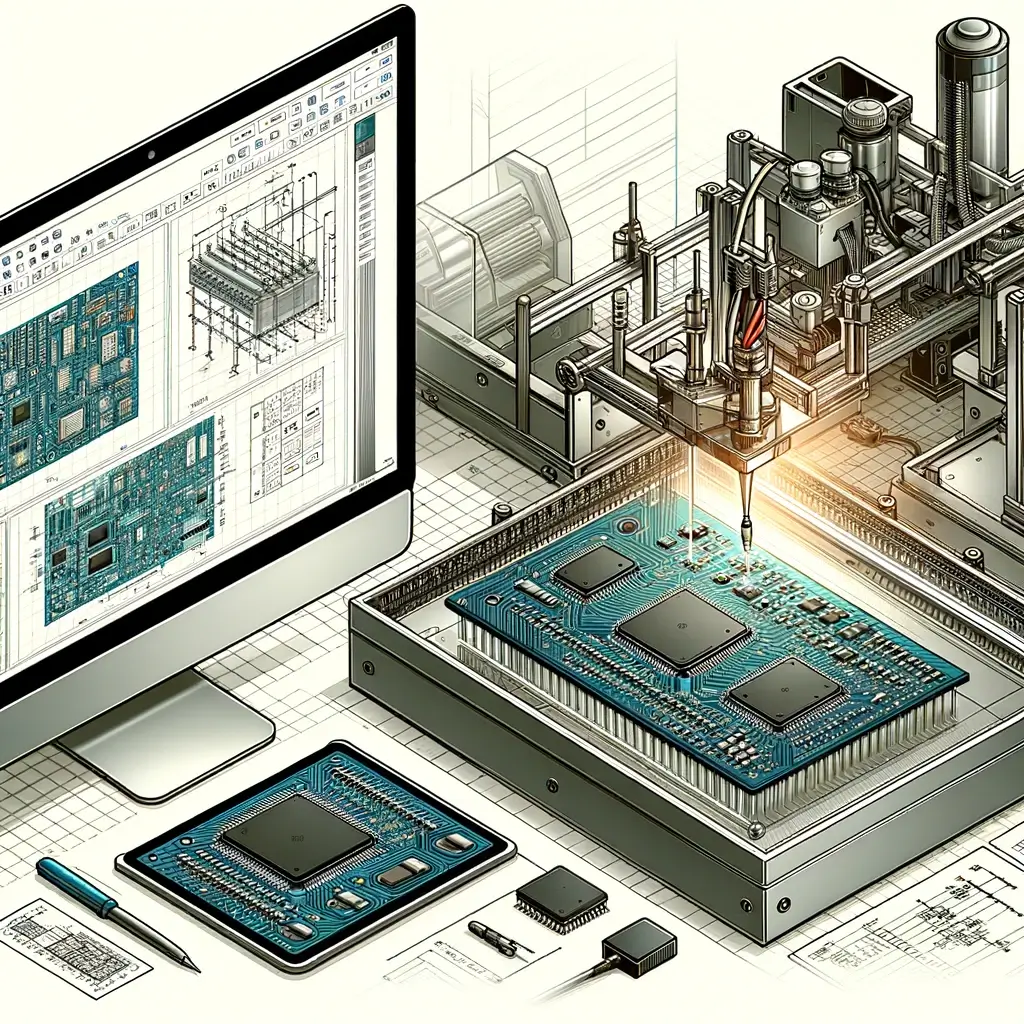Introduction to SMT Stencils for Printed Circuit Boards
Printed Circuit Boards (PCBs) are everywhere. They’re in the phone or tablet you’re using to read this blog, the computer you use for work, and even in your car or bicycle. How do these small, lightweight boards contain and route electrical signals with such precision? One answer lies in the process of surface mount technology (SMT) and the role of SMT stencils. In this blog post, we’ll dive into what exactly SMT stencils are, how they’re used in PCB production, and the different types available.
SMT stencils are thin metal sheets that are used in the process of applying solder paste to the surface of a PCB during assembly. The stencil contains small openings or apertures that allow for precise application of the paste to the board. This precision is crucial in modern electronics because the paste serves as a “bridge” between the components on the circuit board and the board itself, and any errors in application can result in improperly functioning or damaged circuits.
To apply the paste using an SMT stencil, it is first placed over the surface of the PCB. Then, solder paste is deposited over the stencil and a squeegee or similar tool is used to push the paste through the apertures and onto the board. Once the paste is applied, the stencil is removed, and the PCB is ready for the next phase of assembly.
There are several types of SMT stencils available, each with specific benefits for different types of PCB production. The most common type is the laser-cut stainless-steel stencil, which offers great precision and durability. For higher-volume production, electroformed nickel stencils may be used, offering longer lifespan and even greater precision. Additionally, step stencils allow for different amounts of paste to be applied to different areas of a PCB, while frame-mounted stencils allow for quick and simple alignment with the board.
One important consideration when using SMT stencils is the thickness of the stencil itself. This thickness can affect the precise application of solder paste as well as the lifespan of the stencil. For this reason, the thickness of an SMT stencil should be carefully selected based on the needs of the specific project.
Another important consideration is the design of the apertures in the SMT stencil. The size, shape, and orientation of these openings can impact the accuracy of the paste application and the overall quality of the finished product. To ensure the best possible results, it is important to carefully design the SMT stencil based on the unique requirements of the project.
Conclusion:
Surface mount technology and SMT stencils play an integral role in the electronics industry. They allow for precise application of solder paste during PCB assembly, leading to reliable and high-quality finished products. By understanding the different types of SMT stencils available, as well as the factors that impact their performance, designers and manufacturers can ensure the best possible outcomes for their projects. So, as you continue to use and rely on your everyday electronics, take a moment to appreciate the critical role played by SMT stencils in their production.



